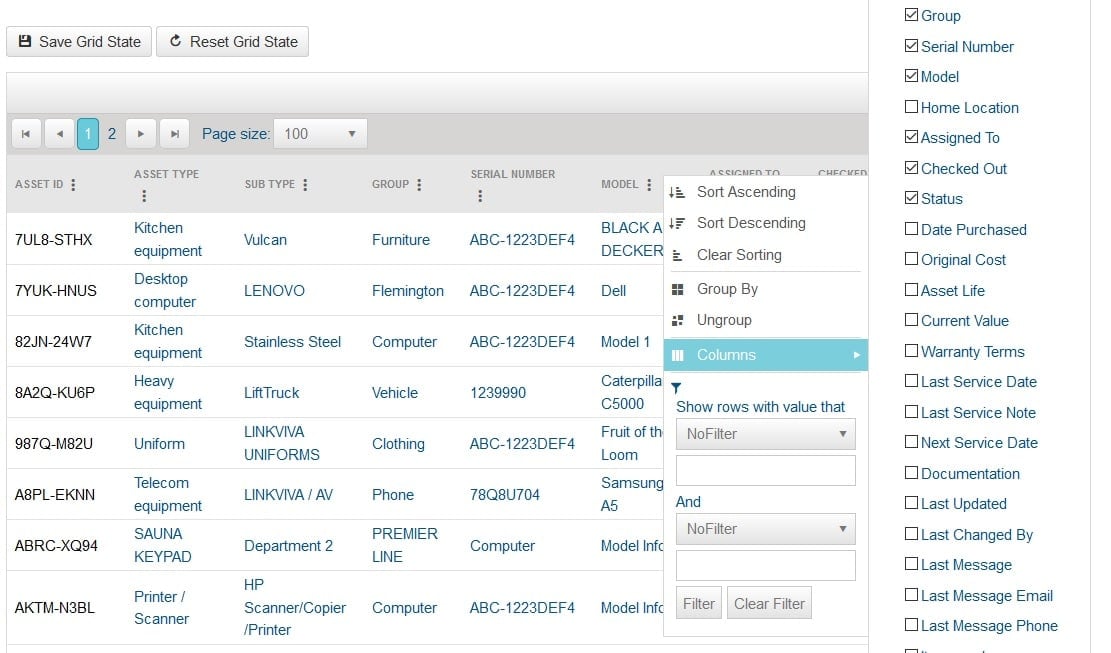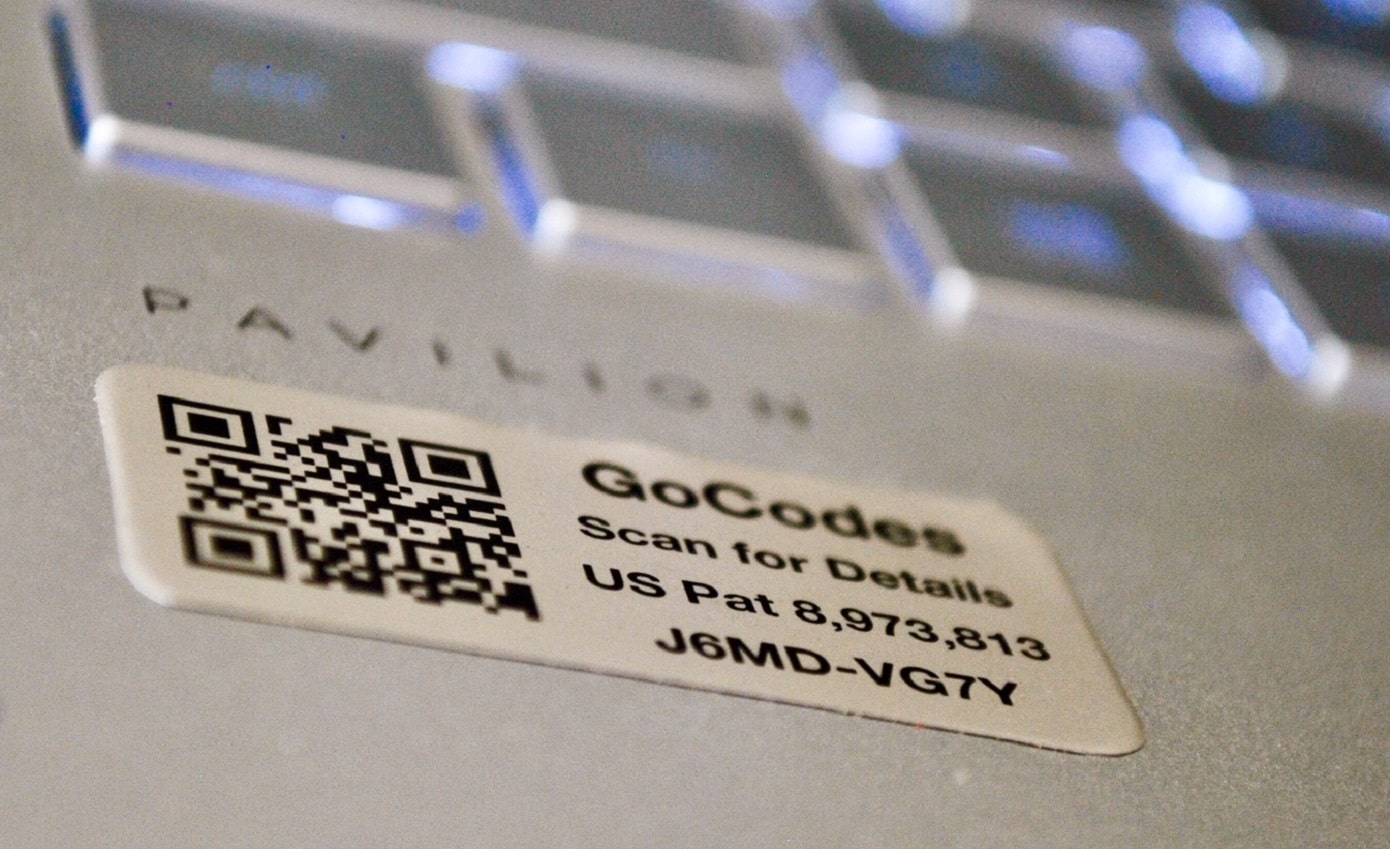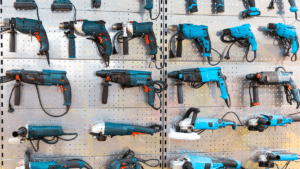Inventory of office equipment is a challenge for any business, yet taming a cluttered storeroom or warehouse can quickly result in greater efficiency and organization.
This information is useful for professionals and office managers seeking to streamline restocking.
It can also assist COOs of companies overseeing a lot of physical assets or inventory, as well as businesses with a wide range of equipment or who are involved in fieldwork.
This post will discuss why keeping inventory of office equipment is useful and which equipment to track.
The pros and cons of various ways to keep inventory are explored. Finally, the steps for tracking office equipment are listed and explained.
In this article...
Why You Should Keep an Inventory of Office Equipment
Isn’t it just easier to allow employees to wander into an office equipment cache and grab what they need?
It might sound like it on the surface, but maintaining a lax office equipment arrangement means that your business is missing out on some important benefits— and leaving the door open to various dangers.
Keeping a careful inventory of office equipment results in the following advantages:
Small Items Are Accounted For
Tiny but important objects such as staples, charge cables, and pens might easily go missing, and it’s easy to shrug and grab some more from the supply stack.
However, what if more attention were paid to these small necessities?
They might seem insignificant because they are relatively inexpensive when purchased wholesale.
Still, over weeks and months, these costs can contribute a surprising amount to a budget.
Team Members Always Know What’s on Hand
Knowing what is and isn’t available to office staff members eliminates last-minute panic if an item is missing.
It also helps avoid frantic purchases to fill a need.
Would you like to have a calm office atmosphere?
When you lack proper practices, you risk experiencing constant stress with making late adjustments and having to pay high convenience store prices to obtain a necessary item.
On the other hand, with the right approach, you will be secure in the knowledge that everything your team needs is readily available.
No More Losing Time Searching for Items
IDC states that workers can waste up to two and a half hours a day searching for lost items. What are some better uses for this time?
Keeping an inventory of office equipment not only saves time and money, but also avoids frustration for all members of a workforce.
What Office Equipment to Track
Conducting an audit of office supply inventory will pay many dividends. Taking the time to explore the topic and set up a well-run office equipment system is a wise investment.
Start by thinking about which items to track. Here’s an example of what you can track:

It’s not necessary to track every piece of inventory in the office. Instead, discern how office equipment tracking will serve you best.
Items which are quickly consumed are good candidates, as well as those which involve a larger investment and call for close attention.
Here are some additional items to consider including on your tracking list:
- Office chairs
- Laptops
- Coffee supplies
- Printer paper
- Work station (cubicle structure/desks)
- Conference equipment
- Computer towers
- Envelopes
- Ink cartridges
- Client seating
- Snack supplies
- Keyboard/mouse
- Landline telephones
- Ergonomic equipment
- Whiteboards
- Printers
- Cleaning supplies
- Blank flipcharts
- Tablets
- Employee lounge supplies
- Markers
These are just a few suggestions. What is important to your team, and how do these items help them complete daily tasks as well as plan for future projects?
Align your office equipment tracking with your team’s goals, and your system will perform beyond your expectations.
Ways to Keep Inventory
While there is a wide variety of ways to keep inventory of office equipment, some are more effective than others.
Here’s a discussion of each. Consider what is best for your organization.
Written
Using paper spreadsheets as well as other methods of keeping inventory, such as lists and notes made in the moment, is the least expensive way of keeping track of office supplies.
Such methods require no training and little initial outlay.
However, this form of record-keeping is haphazard and has no backups.
The items can quickly become lost and even suffer fire or water damage; it’s also possible they get accidentally thrown away.
To safeguard these records, it’s necessary to assign physical space to backups or second copies.
Also, organizing and accounting for the records as well as their copies requires a substantial amount of time.
Written and Visual
Visual methods are also possible forms of keeping track of office equipment, along with careful notes about their value and condition.
These are more technologically advanced than maintaining a tally with pen or pencil with paper, but ongoing and significant labor is still required for accurate records.
The process can include the following:
- Adding photographs to written records
- Taking video of equipment
- Incorporation with digital spreadsheets, such as Excel or Airtable
These items also have to be backed up to avoid irreplaceable loss.
Creating these backups usually involves electronically scanning any physical items or placing them on thumb drives.
If the decision is made to duplicate this information, in the cloud or online, a subscription for such storage is usually required.
Inventory Management Software
Software solutions combine the benefits of all other forms of keeping inventory of office equipment.
GoCodes Asset Tracking, for example, offers a complete inventory tracking solution that is affordable, flexible, and effortlessly integrated with backup in the cloud.
Patented, unique QR code tags can be scanned with smartphones and tablets, meaning that no extensive training is necessary.
As a result, employee time and company resources are immediately optimized.
Since QR tags can store much more information than simple barcodes, pictures and videos might be embedded with important data.
Updates are automatic and provided with each scan. If necessary, GPS locations can also be provided and stored.
The intuitive GoCodes Asset Tracking app also means that this is the fastest way to keep track of inventory.
Steps for Tracking Office Equipment
Having a plan in place before the process of inventory counting begins is the optimal way to begin transitioning to dedicated inventory management software.
The following strategies are best practices for setting up an efficient tracking system.
1) Choose an Inventory Tracking Method
Understanding the ideal method for your business and employees is essential. Common management techniques, such as FIFO or batch tracking, are useful in tracking office inventory.
FIFO is an acronym for “First In, First Out.”
It is a method useful for determining how much inventory costs.
FIFO keeps inventory rotating and ensures that the oldest items are cleared out before newer purchases.
This form of inventory is most useful when it involves quickly consumed items, or those with an expiration date, particularly one which is not long after production.
Another form of tracking is known as batch tracking. This is also known as lot tracking.
It involves following inventory throughout the length of the supply and distribution chain.
Batch numbers are assigned to a bundle of goods which were manufactured at the same time, using materials from an identical source.
Batch tracking also calls for constant updates along the supply chain. This information helps to provide important updates to both suppliers as well as clients.
2) Count Available Inventory
The first step of organizing inventory is to count it.
While it’s understandable that your employees might be eager to start tracking and scanning right away, counting already present inventory is a vital first step.
When inventory is counted correctly, recounts are not necessary as long as each item is scanned, and the system is maintained.
Counting inventory that is already available does the important work of providing a baseline for future assessments and audits.
It also corrects the errors inherent in older, less accurate forms of office equipment, such as paper tracking or outdated spreadsheets.
Conducting a count of available inventory means that ghost assets and duplicate items are eliminated.
Ghost assets are inventory items which the company no longer owns, or which are unavailable due to breakdown.
Leaving ghost assets in an inventory count results in inefficiency, as well as budgetary and tax errors.
3) Categorize Items in Your List
Categorizing items in your available inventory list helps to provide a manageable form of sorting.
Items might be categorized in several different ways. Well-designed inventory apps like GoCodes Asset Tracking allow for flexibility and scalability.

Apps like ours allow decision makers and stakeholders to categorize items in ways which are the best fit for the company.
Placing available inventory in their categories is easily achieved in just a few clicks, and as an inventory list shrinks or grows, the groups can be expanded or deleted as necessary.
If you aren’t sure which are the best ways to categorize your inventory, here are a few suggestions:
- Price
- Supplier
- Time of receipt, manufacture, or project
- Function
- Point in life cycle
- Location
- Department
In the event the categories you have chosen at the outset aren’t working for you, the flexibility of apps like GoCodes Asset Tracking allows you to change them to ones which are a better fit.
4) Group and Organize Office Supplies
Organizing available office supplies after categorizing them makes it easier for your employees and managers to find them in the ways which are best for your facility and work flow.
There are several different ways to achieve this.
Grouping by type or location can quickly lead to an intuitive storage and retrieval system.
Here are a few ways to approach grouping and organization:
- Related groups, such as writing supplies, tech supplies, and cleaning items
- UPC codes
- Product numbers
- Frequency of use (for example, place items which are used most often at eye level)
- Weight: placing heavier items on bottom shelves to avoid dangerous teetering
Better supply management is the result of careful and initial organization.
5) Determine Reorder Points
Taking note of how often items require replacement optimizes and streamlines every aspect of running a business.
This is made even easier when using a software system such as GoCodes Asset Tracking, which includes low quantity alerts that may be set at the user’s discretion.
Doing so allows decision makers plenty of time to compare prices and avoid panic buying. Determining reordering points, then, saves times as well as money.
Deciding on reorder points at a slower rate is also wise.
Inventory of office equipment using a scanning system allows for analysis of which items are not used as quickly as others, if at all.
For example, switching to a digital inventory system might mean learning that such items as, for instance, correction fluid are no longer used by the workforce.
Items like this occupy valuable inventory space and will likely expire before leaving the shelf. Re-examining reorder points allows for better use of storage as well as budget spend.
6) Label Inventory You Want to Track
Labelling each item is an essential aspect of setting up your inventory system.
Each time an employee scans a label while checking it in or checking it out, doing so adds to the data picture of the inventory list.
Scanning can also provide important location information, which is vital in GPS tracking.
Inventory labels are as diverse as the items which they track.

Robust metal ones can be welded to outdoor items, while small tags might be discreetly placed near archival objects, such as art installations, which should not receive physical tags.
Polyester, paper, and foil tags are also available.
7) Assign Managing Office Inventory to One Person
Consider assigning one employee to manage the inventory of office equipment.
A manager-gatekeeper means that accountability is ensured, and a point person monitors the ordering process.
The employee tasked with maintaining inventory, by studying reports easily generated by inventory software, can make certain that counts are accurate and the inventory store remains up to date, clean, and organized.
This person can also monitor price comparison from vendors and oversee restocking.
When new items arrive to become part of the inventory stock, or are deleted from it, the employee in charge of the equipment can ensure that the system is updated.
This manager can also audit and reorganize categories.
Conclusion
Inventory of office equipment is well worth the time required to establish. Tracking items with GoCodes Asset Tracking software offers many advantages and quickly increases the efficiency of any operation.
GoCodes Asset Tracking Can Help
We use QR code tags with a unique visual code that you can scan with your smartphone. When scanned, GoCodes Asset Tracking tags provide GPS information about equipment location, making asset and inventory tracking easy. Sign up for a free trial here.








